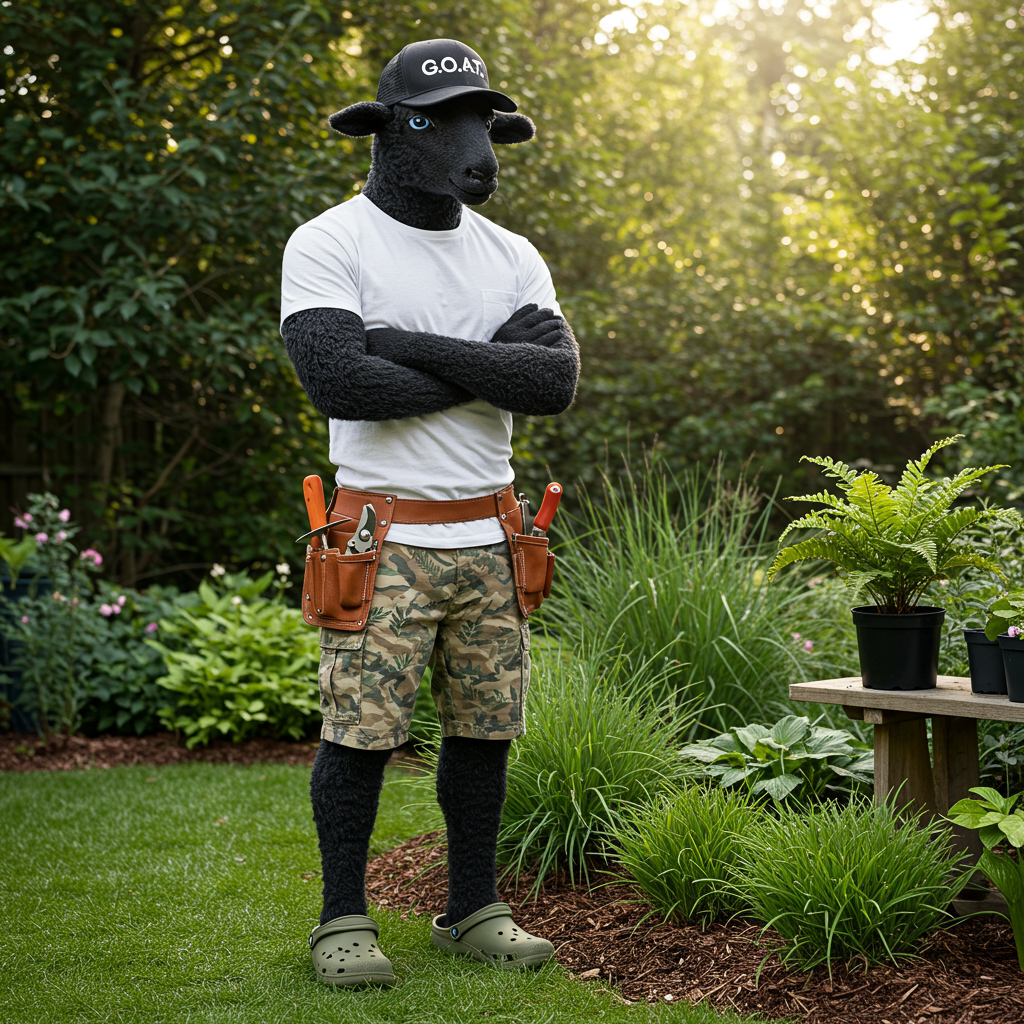Plant in Threes? Why It Works—And When to Break the Rule

Every gardener, at some point, has heard it: “Plant in threes. Or fives. Always odd numbers.” And like most well-meaning garden advice, there’s a reason behind it. But also? Sometimes, it’s just asking to be broken.
So today, let’s pull on our slightly muddy boots and dig into this design truth with fresh eyes. We’ll look at why “the rule of threes” exists, when it truly works, and when it’s perfectly okay to toss it onto the compost heap and follow your own blooming heart.
🌿 So… Why Do We Plant in Threes?
In garden design, odd numbers tend to feel more natural, casual, and balanced without being stiff. It’s the same reason you’ll often see three candles on a mantel, or a triangle formation in photography—our eyes just like it.
Here’s what happens with odd numbers:
-
The eye moves around naturally
-
There’s a focal point, without being symmetrical
-
It feels less like a formal hedge, more like a wild meadow
👀 Designers love threes because it creates a rhythm and helps avoid the “one-and-done” look, where a single plant can feel a bit lonely or lost.
🌸 When the Rule Works Wonders
Here are a few places where “plant in threes” earns its keep:
1. Border Plantings
Repeating plants in threes (or fives, or sevens) across a long bed builds flow and cohesion. It’s like setting up a visual echo—soft, subtle, and satisfying.
2. Containers & Pots
Grouping three different plants (thriller, filler, spiller!) is still the gold standard for a reason. It gives height, balance, and movement in a compact space.
3. Mass Plantings
A trio of echinacea or daylilies? Gorgeous. Five clumps of ornamental grasses swaying together? Dreamy. It reads like a conversation between plants instead of a monologue.
🌼 Pro tip: Use odd numbers within reason. Nobody’s counting petals at your garden gate—what matters is the feel.
🚫 When to Break the Rule (With Gusto)
Sometimes, even the best advice needs a little side-eye. Here’s when “plant in threes” doesn’t apply—and you’re better off following your intuition:
1. Specimen Plants
That one big hosta? That architectural delphinium? Let it shine on its own. A dramatic plant needs breathing room, not backup singers.
2. Naturalistic Planting
If your garden leans wild, meadowy, or woodland-inspired, strict counting might kill the vibe. Let the plants mingle in drifts, patches, and happy accidents.
🌿 Think: “I tossed these seeds with a wink and the wind helped.”
3. Tiny Spaces
When you only have space for one lavender plant in a cute pot, don’t force it. Three would just look crowded. One can be just right.
4. Feature Corners or Focal Points
Sometimes, a single plant in just the right place—a stunning Japanese maple, a potted fern on a pedestal—is all you need. Trust your gut.
🧭 So… What Should Guide You?
Instead of strict numbers, try asking:
-
Does it feel balanced?
-
Does it lead the eye somewhere?
-
Does it feel full without being fussy?
-
Do you love looking at it?
Because at the end of the day, the best garden design rule is joy. Yours.
🌸 Final Thoughts: Go Forth and Plant (Oddly or Evenly)
The “rule of threes” is a helpful starting point, especially when you’re learning the rhythm of planting. But the truth? Great gardens come from a mix of instinct, experimentation, and maybe a happy accident involving a sale rack and a too-small trunk.
So yes, plant in threes if it feels right. But also? Plant in twos, in sevens, or in one beautifully bold statement.
You’re the artist. The garden is your canvas. And the rulebook? It’s more of a suggestion.

